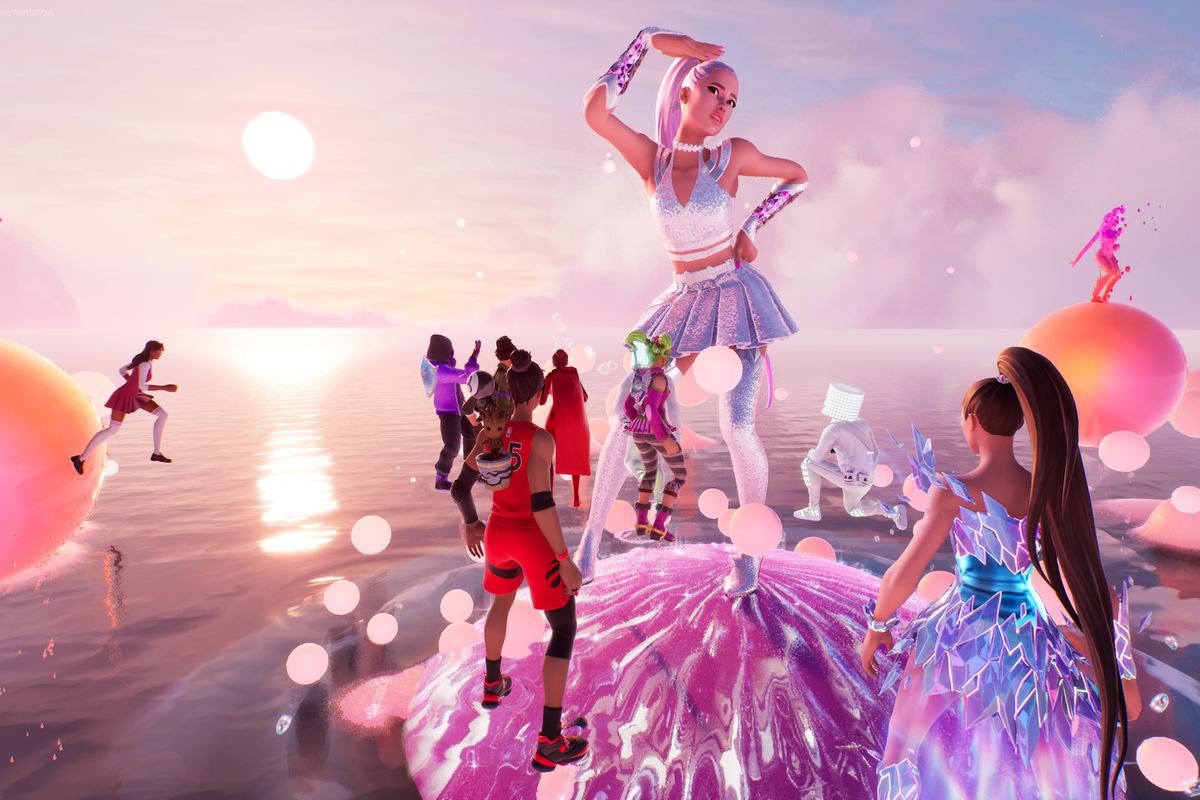
THIRD PLACE RENAISSANCE
Papillon Bond
19/01/2022
As the pandemic continues, the long term cultural effects of living in a constant state of uncertainty will have real consequences for brands. Our cultural researcher, Papillon Bond, reckons a third place renaissance is on the cards and calls on brands to facilitate them.
In 1989, sociologist Ray Oldenburg coined the term ‘third place’:
They are spaces which facilitate conversations, creativity and socialising. Dating back to the agoras of Ancient Greece and the Roman Forums, the associated norms, values and behaviours of a third place formed a specific culture – think coffee house culture and pub culture.
Even before Covid, third places were diminishing. The gentrification of lower income areas has displaced marginalised communities from public spaces and spending on youth services has been cut by 70% in less than a decade.
Covid accelerated this decline, forcing our third places, and even second places (work and school), to online realms.
As we continue to figure out what our new normal is, here’s how third places have evolved and what this means for brands:
1. Gaming is not just for play – it’s an online third place
Gaming uptake increased due to the pandemic. And not just to play: Animal Crossing, Fortnite and other platforms were used for socially distanced dates, memorials, graduations and Pride events. Gaming has evolved to become an essential online third space, with Brands continuing to explore the possibilities of what the metaverse has to offer like Taco Bell’s NFT Tacos and H&M’s first digital-only fashion drop. And even though some of us are getting out and about in person now, online realms are still where it’s at: Ariana Grande held a concert on Fortnite and Superbowl is offering NFT digital collectibles with physical tickets.
So brands, it’s time to move beyond social media and prioritise games within your marketing strategy, or risk falling seriously behind.
Here’s some ideas that are a little more creative than your standard EA game sponsorships.
Promotions: Warner Bros. launched an experience in Roblox to promote In The Heights – a virtual model of the Washington Heights neighbourhood where the film is set. Users could interact with avatar versions of Lin-Manuel Miranda and chat with other fans.
Virtual activations: In game activation can be used to stimulate physical demand, like Deliveroo Singapore and KFC Philippines who gave Animal Crossers virtual and real food treats.
Mixed reality comms: To celebrate designer Simone Rocha’s collaboration, H&M launched an AR pop-up book. Consumers are used to experiencing mixed realities, and comms need to reflect that.
2. In-person third places have digitised their offerings
Prior to the outbreak, coffee shops were a fundamental third space in public life: 85% of UK consumers frequented a coffee shop at least once a week. Salons and beauty shops were a social hub for a melting pot of cultures. Going to the pub, an integral part of British life, was unsurprisingly the number 1 priority after visiting family and friends for consumers post-lockdown. Even gyms have been a third place for the health conscious consumer.
But of course, the pandemic transformed their functioning. From VR workout classes, ASMR (autonomous sensory meridian response) massage videos, QR menus in pubs to virtual barista masterclasses, our third spaces aren’t quite what they were.
The main takeaway on how brands can cultivate the characteristics of a third space is to facilitate community. Here’s how:
Private Facebook groups/ Instagram accounts
Monthly offline/online meet ups
CEO Q&As
Consumer feedback sessions
Metaverse consumer hangouts
Because what truly makes a third place is the informal intimacy we get from chatting with likeminded people that don’t have the expectations of our family and friends.
3. Reconnecting with the original third place: nature
46% of the population is spending more time outside than before the pandemic. 42% report ‘nature and wildlife is more important than ever to my wellbeing’ (Official Statistics, 2021).
Some businesses have started to recognise this consumer shift – they’re focusing on outdoor public spaces, especially in city centres: Heatherwick Studio is developing a floating island park with an amphitheatre for artists on the Hudson river, and a ‘parkipelagio’ is in development in Copenhagen for people to relax, swim and fish.
Here some thoughts on how brands can make the rise of the outdoors as a consumer third place work for them:
Use purposeful OOH campaigns: If you want to grab people’s attention, make an eye-catching OOH ad. If you want to capture their hearts, make your OOH ad count, like the McDonalds billboards in Järfälla outside of Stockholm that served as bee hotels.
Bring the outside in: From the foraged ingredients of Alpyn Beauty, to nature inspired colour palettes seen in Shutterstock, PPG and Dulux, brands that bring consumers closer to the calming, grounding effects of the natural world will master this third place trend.
Go bigger with environmental commitments: We’re big fans of Chipotle’s in-app impact tracker that allows guests to see the brands Foodprint on the planet. The intensified relationship with nature formed during the pandemic means that consumers are expecting brands, now more than ever, to do their part to protect it.
The pandemic blurred the boundaries of our ‘places’; where we lived, worked and socialised all became one.
The third place winners that have emerged from the pandemic are digital and outdoor spaces. Brands that enter these home-from-home arenas must honour the communities that operate in them by being nothing short of purposeful.
Get it right, and expect your typical brand-consumer relationship to evolve into a third place, ‘family you choose’ dynamic, with a loyalty fiercer than 10 years of Central Perk.




